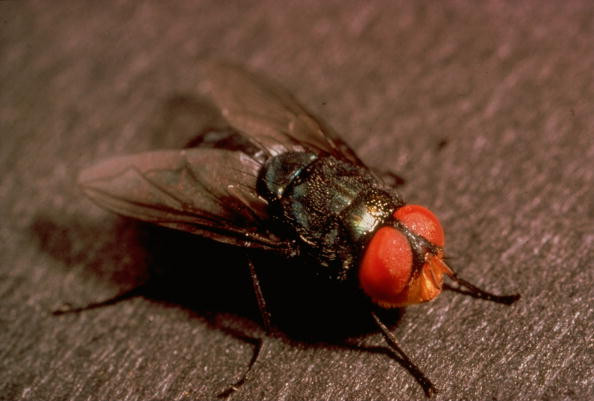Ridiculed screwworm fly scientists posthumously honoured for work on insect control
Edward Knipling and Raymond Bushland's 'sterile insect technique' provided new pest control strategies

Two American researchers will posthumously receive an award and recognition from the scientific community for their work on the reproduction of screwworm flies. Throughout their lifetime, Edward F. Knipling and Raymond C. Bushland were often mocked for their peculiar choice of research topic, but their work in fact contributed to saving many ranches and farms in North and Central America from an invasion of the insects.
The Golden Goose Awards, which will honour the two scientists in December 2016, was created to reward those whose research may have once seemed odd or obscure but eventually led to a lot of benefits for society.
Bushland and Knipling are now credited with coming up with the "sterile insect technique" - a pest control method which involves using lab-raised and sterilised male insects to overwhelm and eventually eradicate native pest populations.
At a time when mosquito-borne diseases are spreading faster than ever around the globe, their approach has paved the way for all future research into the eradication of insects.
Struggle against screwworm flies
Before the 1960s in the US, screwworm flies were causing a lot of problems for farmers, killing many of their animals. Female screwworms laid their eggs in the wounds of cattle, livestock, and even humans. These eggs would then hatch into maggots that fed on open sores, potentially killing adult cows in less than two weeks.
Studying the reproductive cycle of the flies, Bushland and Knipling came up with the idea to sterilise males. They would then overwhelm wild screwworm flies and cause the population to collapse naturally.
The two researchers' suggestion was met with scepticism as their peers believed they would not be able to sterilise enough flies. They proved them wrong, proving that it was in fact possible to conduct a mass sterilisation of insects through irradiation.
This discovery led to the complete eradication of the flies in the US. However, campaigns against the flies continue in Mexico, Nicaragua, Costa Rica, Panama and Jamaica with financial assistance from the United States Department of Agriculture.
The technique is now hailed as one of the most important developments in pest control and described by the organisers of the Golden Goose awards as the "only truly original innovation in insect control in the 20th century".
Fighting infectious diseases
Mass sterilisation of male insects in fact continues to inform ongoing fights against other agricultural pests and insects carrying infectious pathogens, including the tsetse fly and the Aedes aegypti mosquito involved in the transmission of the Zika virus and dengue fever.
"Sometimes offbeat, quirky-sounding science is the best science, paving the way for discoveries years down the road which can revolutionise medicine, physics, biology, technology and how we view the world," concludes Rep. Randy Hultgren, a supporter of the Golden Goose Award.
"Given the recent rise of infectious diseases like the Zika virus, developing eradication programs for carrier pests is a much-needed field of scientific research. Even though 'worms' might make some members of Congress - as well as the public - a little squeamish or sceptical of the research we invest in, these studies have clearly paid off".
© Copyright IBTimes 2025. All rights reserved.






















